Technology continues to raise the bar of what is possible in education. As more schools discover the power and benefits of education technology, mobile devices such as Chromebooks, Macs and iPads in the classroom are becoming commonplace.
Here are eight innovative, real-world examples of schools that are using mobile devices along with a mobile device management (MDM) solution to unlock what’s possible in the classroom:
1. School District of La Crosse: Providing Student Equity for All & Managing a Massive Student iPad Handout
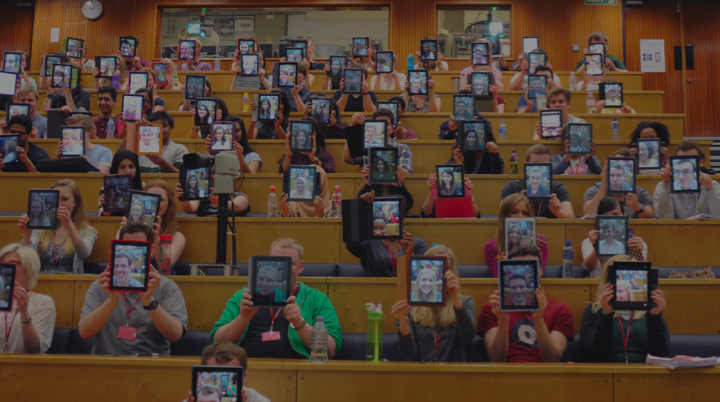
Dedicated to providing “student equity,” La Crosse staff members across every department volunteered to donate 10 percent of their budget for the year so all students and faculty could receive an Apple device to help drive personalized learning. The district’s iPad program has helped close the tech gap between kids who had access to technology at home and kids who did not. The result has been delivery of consistent educational experiences, giving kids equal access in the classroom and at home.
2. Ridley School District: 1-to-1 iPad Program
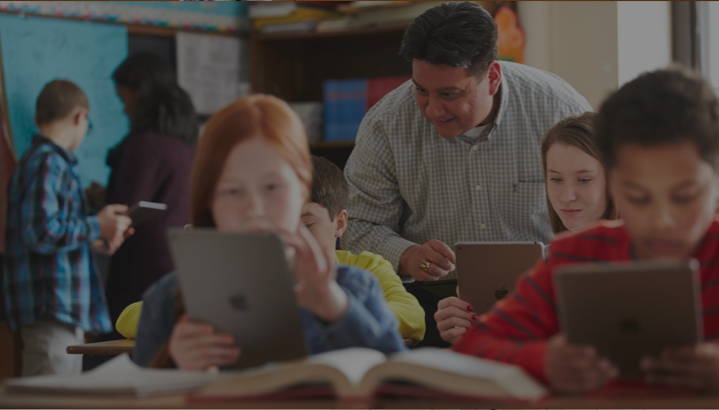
Ridley School District has implemented a 1:1 iPad program to help students learn and better prepare for college. As part of the program, the iPad is leveraged to help track how students are progressing with reading and other skills. With the help of a personalized learning solution, eSPark, Ridley sends students on reading and learning ‘quests’. This involves pushing appropriate educational apps directly to student devices and automatically deploying a new set of curated learning apps upon completion of a quest. Students are able to learn at their own pace, as well as progress with the tools they need.
3. Montclair Kimberley Academy: Teaching with AirPlay via Apple TVs
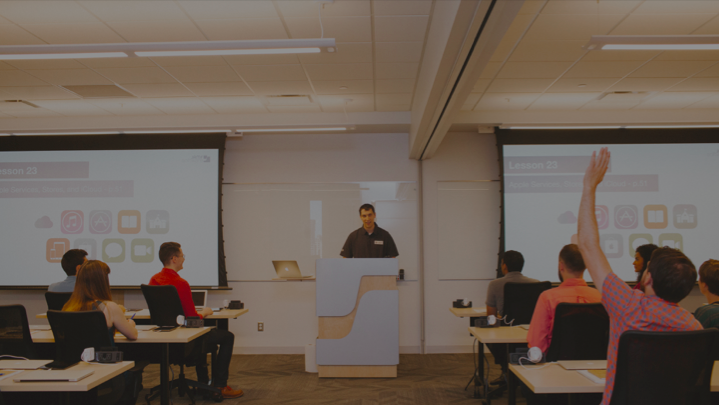
Montclair Kimberley Academy provides an innovative education that combines excellence in teaching, creativity in curriculum, and a highly personal, technology-enriched environment.
The academy has been recognized for its unique implementation of technology in its 1:1 laptop learning initiative for grades 4–12, and its use of iPad for grades Pre-K–3. Classrooms are equipped with Apple TVs, allowing students to project and share their creative work from an iPad to the rest of the class on a larger screen. The result is students being able to more easily learn from each other.
4. Hopkins Public Schools: Using a Flipped Classroom Teaching Model
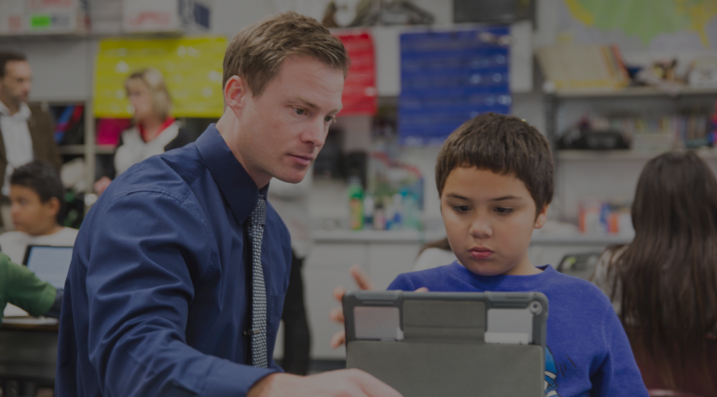
Students take learning into their own hands with access to a digital learning environment at Hopkins Public Schools. iPads are also a critical component to the success of the district’s “flipped” classrooms in high school.
In the flipped classroom model, students watch lectures at home, take a short quiz on it, and then complete homework at school. Teachers access quiz results to know before their next class how well each student understands the concepts they’re teaching. From there, teachers can customize their class, based on how well the students understand the lesson, ensuring they are able to address areas needed.
(Next page: 4 more schools with A+ mobile devices and programs)
5. Farmington Area Public Schools: Teaching Students Digital Citizenship
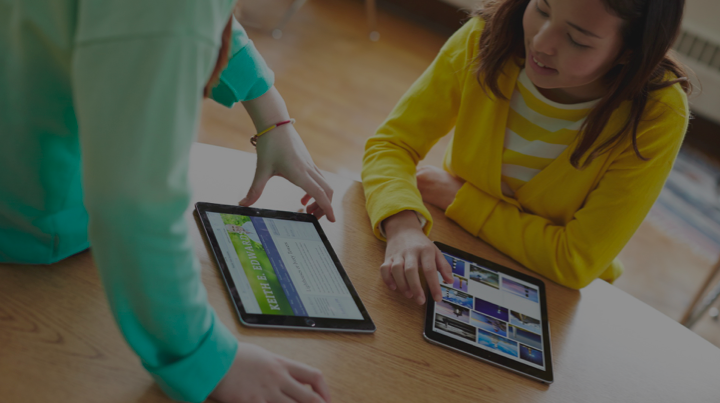
The district has implemented a customized learning initiative, giving every K-12 student and staff an iPad to support learning anytime, anywhere. By using the iPad, students can take charge of their own learning by having access to different materials including videos and interactive multimedia sites.
Part of Farmington’s goal is to also teach students good digital citizenship. Using Self Service features from a robust mobile device management solution, along with individual Apple IDs, students can self-manage their iPads, while parents and staff can monitor and manage use restrictions and maintain privileges. Students, in turn, learn how to responsibly and safely use IT, and gain hands-on technical literacy.
6. Crane School District: How a ConnectED School Succeeds with Technology
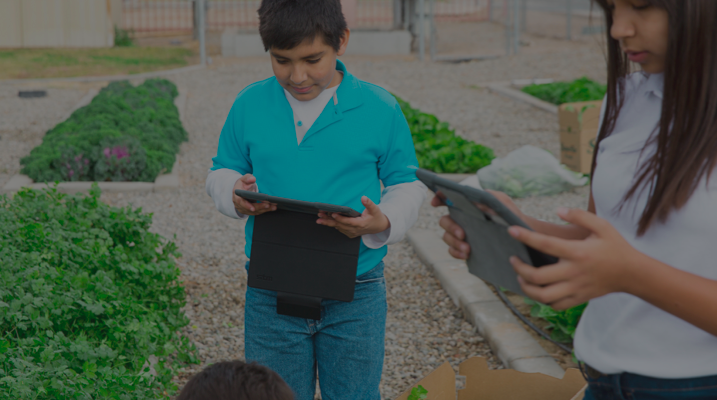
Crane is among the poorest districts in the country, with 100 percent of its students eligible for free or reduced lunch. Leaders were committed to locating additional funds to help support their dream of providing essential technological learning resources for their students. Thanks to the ConnectED program, their dream became a reality as it enabled the district to bring iPads to the classroom.
Students love their iPads and are using the technology to learn in new, interactive ways. At any given hour, for example, third graders participate in a wide range of activities on their devices–from coding, to using a magnifying glass add-on to identify seeds.
The iPads are also creating equally engaging experiences outside the classroom. Students at one elementary school are using the iPad to help manage a garden on the school grounds, where they are responsible for the full lifecycle of about 20 varieties of crops each year.
7. School District of Waukesha: Customized Learning in Special Ed
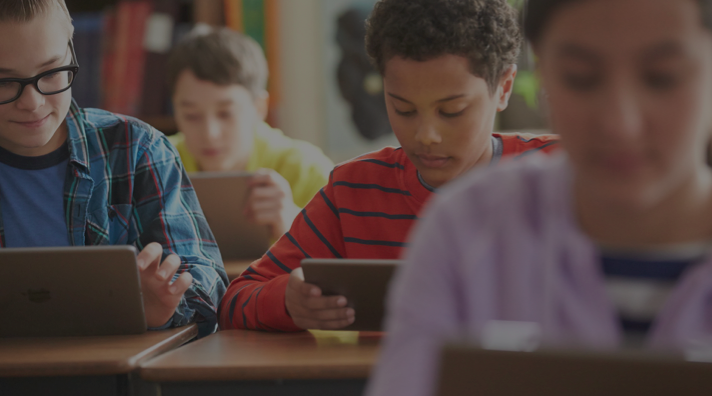
The district leverages a 1:1 iPad program, which is helping to change the lives of special education students. The iPad’s accessibility features and range of apps, enables students with limited vision, mobility and attention to become more successful in the classroom.
Additionally, the district is able to offer iPads with Spanish configurations to English as a second language (ESL) students–a functionality that allows them to more easily adjust to iPad learning. The result is customized learning and being able to meet students where they’re at.
8. Alliance College-Ready Public Schools: Using the iPad for Formative Assessment and High-Stakes Exams
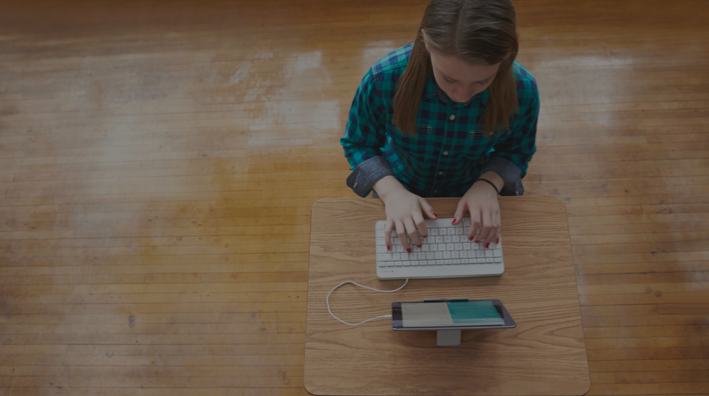
LA Alliance recognizes the importance of focusing on student learning as well as supporting online assessments. For many students today, learning and taking exams with pencil and paper can often feel like a foreign experience. LA Alliance leverages the iPad as a learning tool and to conduct routine formative assessments to help teachers tailor lessons as needed. iPads are also used to take the California Assessment of Student Performance and Progress (CAASPP) exam in a secure environment. Because students already use an iPad for everyday testing, CAASPP exam day feels just like any other day.
- 5 ways school districts can create successful community partnerships - November 21, 2024
- Trump picks Linda McMahon to lead, and possibly dismantle, Education Department - November 21, 2024
- 6 ways to create engaging elementary learning spaces - November 20, 2024


